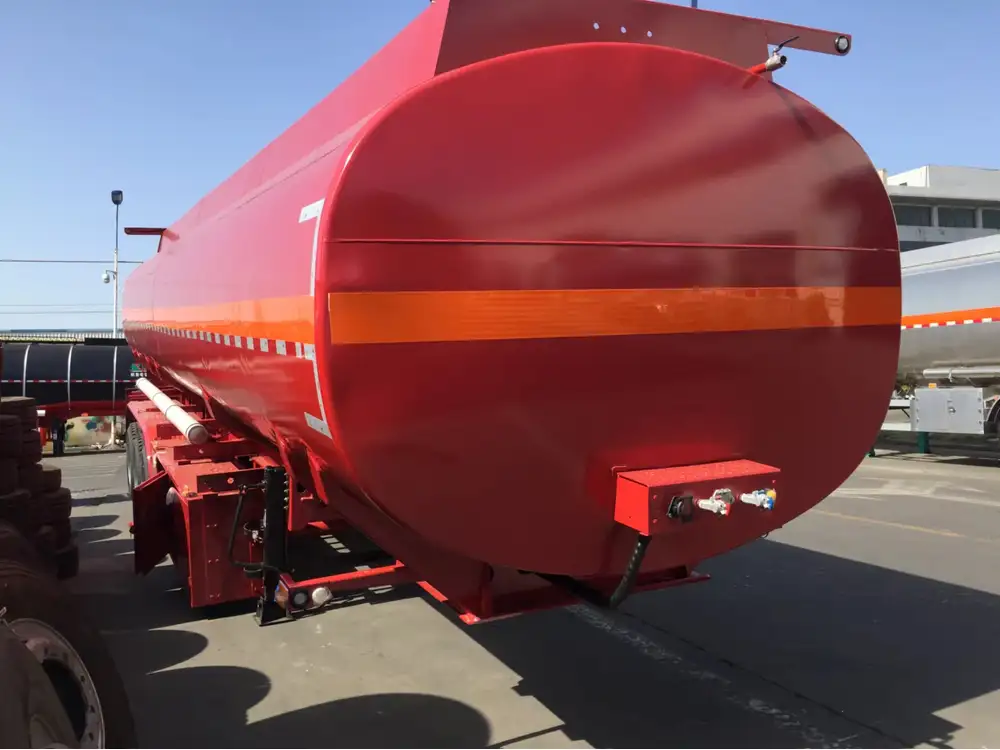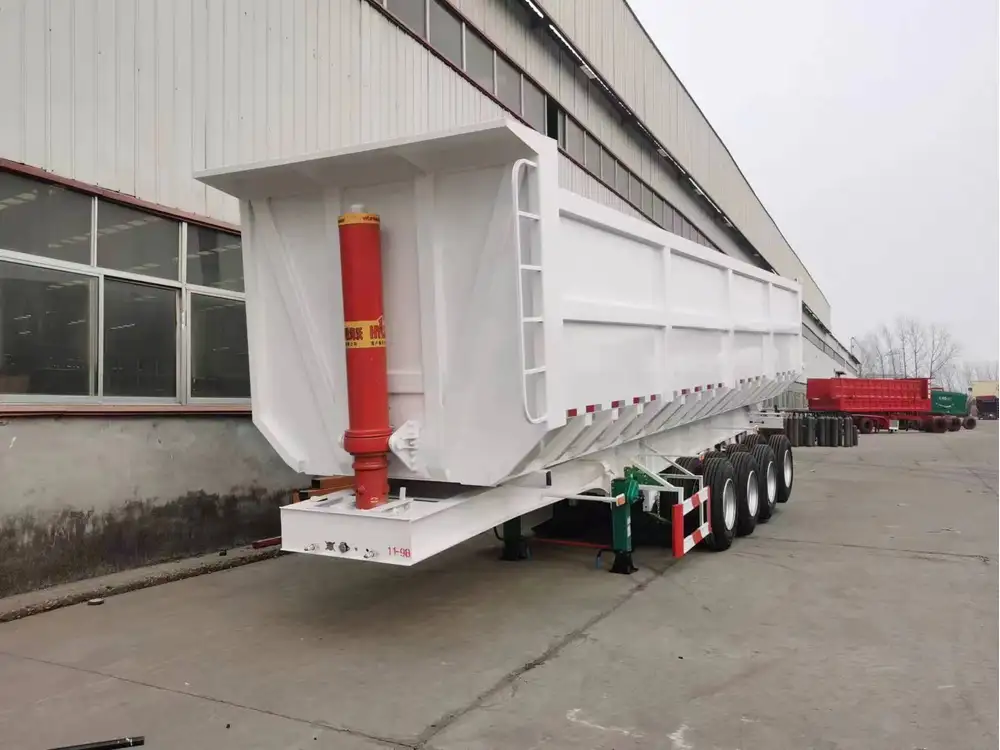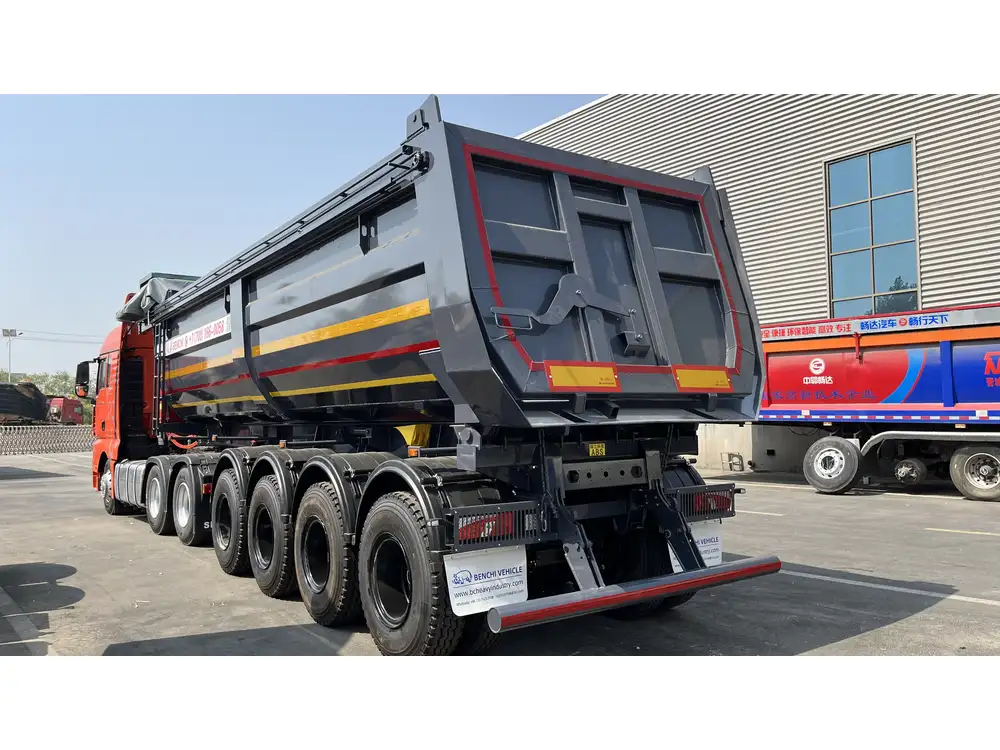Loading cargo onto a flatbed trailer is a critical process that demands precision, knowledge, and adherence to best practices to ensure safety, efficiency, and compliance with regulations. At CarMax Trailer, we understand the intricacies involved in this task and are committed to providing comprehensive guidelines to help you achieve optimal loading results every time.
The Importance of Proper Cargo Loading on Flatbed Trailers
Proper loading is not merely a procedural step; it is the foundation of safe transportation. Incorrect loading can lead to cargo damage, compromised vehicle stability, and increased risk of accidents on the road. Moreover, it can result in legal consequences due to non-compliance with transportation regulations. By following systematic loading practices, you ensure the integrity of your cargo, protect your investment, and maintain safety for all road users.
Key Principles for Loading Cargo on Flatbed Trailers
Understanding and applying fundamental principles is essential for effective cargo loading. Below, we delve into the critical aspects you must consider:

1. Weight Distribution
Achieving balanced weight distribution is paramount. Uneven loading can cause trailer sway, reduce braking efficiency, and strain the vehicle’s suspension system. Here are the key points to ensure balanced weight distribution:
- Center of Gravity: Position heavier items low and near the center of the trailer to maintain a low center of gravity.
- Axle Loading: Distribute weight evenly across all axles to prevent overloading any single axle.
- Weight Limits: Adhere to both the trailer’s and the towing vehicle’s maximum weight capacities.
Example of Proper Weight Distribution
| Area | Weight Placement |
|---|---|
| Front Section | Heavier items, closer to the trailer’s front axle |
| Middle Section | Medium-weight items |
| Rear Section | Lighter items |
2. Securing the Load
Securing the cargo firmly prevents movement during transit, which can cause damage and pose safety hazards. Effective securing strategies include:
- Straps and Tie-Downs: Utilize high-quality ratchet straps or tie-downs to anchor the cargo securely.
- Blocking and Bracing: Implement blocking pads or bracing materials to keep items in place.
- Netting and Tarps: Use netting or tarps for added stability and protection from environmental elements.

3. Height and Overhang Considerations
Maintaining appropriate cargo height and minimizing overhang is crucial for compliance and safety:
- Height Restrictions: Ensure the cargo height complies with local and national transportation regulations.
- Overhang Limits: Keep the cargo overhang within permissible limits to avoid obstructing other vehicles and to prevent accidents.
4. Legal Compliance
Adhering to transportation laws and regulations is non-negotiable. Key compliance aspects include:
- Weight Regulations: Stay informed about weight limits for different routes and jurisdictions.
- Securement Standards: Follow industry standards for cargo securement as outlined by regulatory bodies.
- Permits: Obtain necessary permits for oversized or overweight loads.
5. Accessibility and Ease of Loading/Unloading
Facilitating smooth loading and unloading processes enhances efficiency and reduces the risk of damage:
- Clear Pathways: Ensure unobstructed pathways around the trailer for easy maneuvering of equipment.
- Accessibility Points: Designate specific areas for loading and unloading to streamline operations.

6. Choosing the Right Equipment
Selecting appropriate loading equipment is essential for handling different types of cargo:
- Forklifts and Pallet Jacks: Ideal for heavy and palletized goods.
- Loading Ramps: Useful for moving equipment and machinery.
- Customized Loading Solutions: Tailor equipment to meet specific cargo requirements.
Step-by-Step Guide to Loading Cargo on a CarMax Trailer
Following a structured approach can significantly enhance the loading process. Here’s a step-by-step guide to ensure you load your cargo effectively:
Step 1: Planning and Assessment
Begin with a thorough assessment of the cargo and the trailer:
- Evaluate Cargo Dimensions: Measure the size and weight of each item.
- Plan Layout: Sketch a loading plan to visualize weight distribution and placement.
- Inspect the Trailer: Check for any damages or issues that could affect loading.

Step 2: Positioning the Cargo
Strategically place your cargo on the trailer:
- Heaviest Items First: Load the heaviest items at the front near the axle.
- Distribute Evenly: Ensure weight is spread evenly across the trailer’s width and length.
- Leave Space for Tarping: If covering the cargo, allow space for tarps or netting.
Step 3: Securing the Cargo with Straps and Tie-Downs
Use securement tools to anchor the cargo firmly:
- Attach Straps to Anchor Points: Use the trailer’s built-in anchor points for maximum stability.
- Tension Straps Evenly: Apply consistent tension to prevent slack or uneven pressure.
- Double-Check Connections: Ensure all straps and tie-downs are properly connected and tightened.
Step 4: Final Inspection
Conduct a comprehensive review before departure:
- Check Stability: Shake the cargo slightly to ensure it is immobile.
- Verify Weight Distribution: Confirm that the weight is evenly distributed as planned.
- Ensure Compliance: Double-check that all legal requirements are met.

Common Mistakes to Avoid When Loading Flatbed Trailers
Avoiding common pitfalls can save you time, money, and prevent accidents:
- Ignoring Weight Limits: Overloading can lead to structural damage and legal penalties.
- Inadequate Securement: Insufficiently secured cargo poses significant safety risks.
- Poor Weight Distribution: Uneven loading can destabilize the trailer and affecting handling.
- Neglecting to Inspect Equipment: Skipping trailer inspections can overlook critical issues.
Benefits of Choosing CarMax Trailers for Your Cargo Needs
Selecting a CarMax Trailer offers numerous advantages tailored to your loading requirements:
Durability
Our trailers are built with high-grade materials to withstand the rigors of transportation, providing long-lasting performance and reliability.

Customization
We offer customizable solutions to meet diverse cargo specifications, ensuring that every load is accommodated with precision.
Safety Features
CarMax Trailers are equipped with advanced safety features, including multiple anchor points, reinforced frames, and anti-sway systems to enhance load security.
Efficiency
Designed for ease of use, our trailers facilitate quick loading and unloading processes, optimizing your operational efficiency.

Compliance Assurance
CarMax Trailers adhere to all regulatory standards, ensuring your cargo transport is always compliant with the latest laws and guidelines.
Conclusion
Efficient and secure loading of cargo on a flatbed trailer is a multifaceted process that requires careful planning, strategic execution, and adherence to best practices. At CarMax Vehicle, we are dedicated to empowering you with the knowledge and tools necessary to excel in this endeavor. By following the outlined principles and leveraging our high-quality trailers, you can ensure safe, efficient, and compliant transportation of your valuable cargo.
Frequently Asked Questions

1. What is the maximum weight a flatbed trailer can carry?
The maximum weight a flatbed trailer can carry depends on its design and construction. Typically, CarMax Trailers are built to accommodate various weight capacities, often ranging from 10,000 to 40,000 pounds. Always refer to the manufacturer’s specifications and ensure compliance with regional weight regulations.
2. How can I ensure my cargo is evenly distributed on the trailer?
To ensure even distribution, start by placing the heaviest items near the trailer’s front axle and gradually move lighter items towards the rear. Utilize a weight distribution scale if necessary and refer to loading guidelines to maintain balance across all axes.
3. What types of tie-downs are recommended for securing cargo on a flatbed trailer?
High-quality ratchet straps, E-track systems, and cam buckle straps are recommended for securing cargo on flatbed trailers. These tie-downs provide reliable tension and hold, ensuring that your cargo remains stable during transit.

4. Are there specific regulations for loading oversized or overheight cargo on flatbed trailers?
Yes, transporting oversized or overheight cargo requires specific permits and adherence to strict regulations. These regulations vary by state and region, so it is essential to consult local transportation authorities and obtain the necessary permits before loading such cargo.
5. How often should I inspect my flatbed trailer for safety and compliance?
Regular inspections are crucial for maintaining safety and compliance. It is advisable to inspect your flatbed trailer before each load, conduct a thorough monthly inspection, and schedule comprehensive annual inspections. This practice helps identify and address potential issues promptly, ensuring ongoing reliability and safety.



